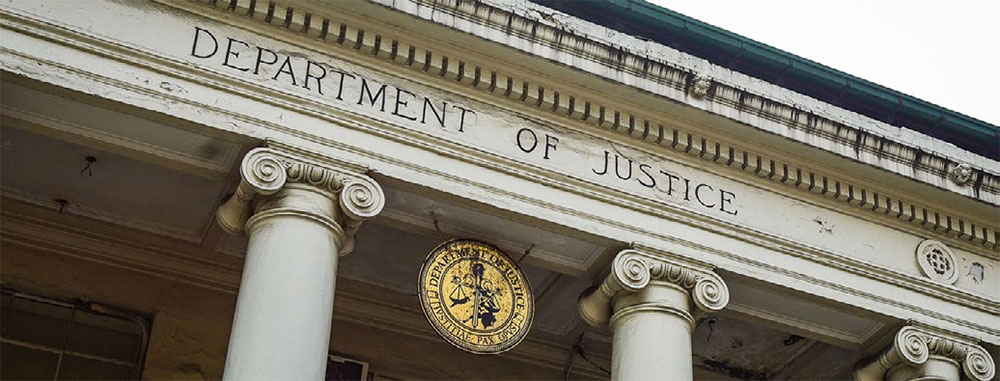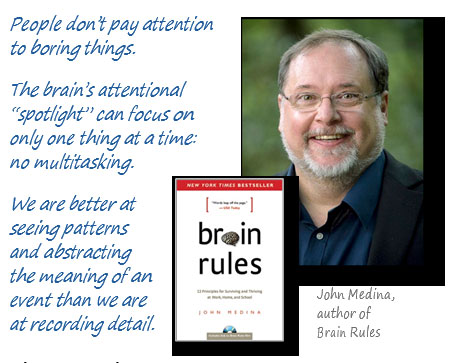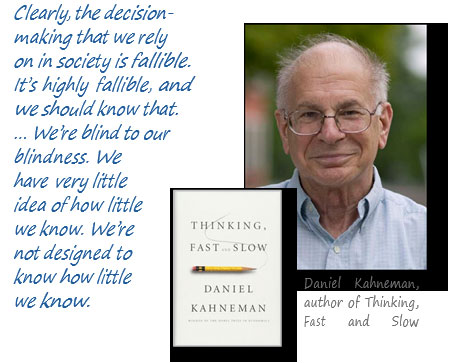
On July 17, 2019, the Department of Justice (DOJ) issued the 2019 Rules on Mediation in the National Prosecution.
Under the new rules, the civil aspect of criminal complaints for simple theft, qualified theft, estafa, criminal negligence resulting in damage to property, and violations of the Bouncing Checks Law shall be referred to mandatory mediation when the amount involved does not exceed P200,000. Otherwise, the provisions on voluntary mediation under Republic Act No.
9285 (2004), the Alternative Dispute Resolution Act of 2004, will apply.
PART III
Hidden arbitrator bias
By Roberto N. Dio
Part 1 discussed apparent bias and its elements, lack of independence and lack of impartiality, while Part 2 discussed problems arising from disclosure and how it was addressed by the International Bar Association. In this issue, the author looks at implicit bias of arbitrators.
Specific examples of apparent conflicts of interest
International lawyer and arbitration authority Gary Born cites several specific categories of conflicts of interest situations that arise in practice [Born, International Arbitration: Law & Practice 142-43 (2d., 2016)]. These are, among others:
- Financial interest in the dispute
- Present employment by a party
- Prior involvement in the dispute
- Ex-parte contacts during arbitration
- Family or personal relationship with a party
- Business dealings with a party
- Prior representation of a party
- Law firm conflicts
- Recurrent arbitral appointments by a party
- Adversity to one party
- Issue conflicts
- Nationality of sole and presiding arbitrators
- Implicit bias
 It is elementary that a party may not be an arbitrator in its own case, expressed in the Latin maxim nemo debet esse iudex in propria causa (Born, 142). This principle is the bedrock of the prohibition against apparent bias in arbitrators. According to Park, “(a) relative measure of distance from troubling connections to litigants, along with a willingness to listen carefully to both sides of a dispute, constitutes essential elements of basic due process.” On a subconscious level, however, an arbitrator’s objectivity may be less clear.
It is elementary that a party may not be an arbitrator in its own case, expressed in the Latin maxim nemo debet esse iudex in propria causa (Born, 142). This principle is the bedrock of the prohibition against apparent bias in arbitrators. According to Park, “(a) relative measure of distance from troubling connections to litigants, along with a willingness to listen carefully to both sides of a dispute, constitutes essential elements of basic due process.” On a subconscious level, however, an arbitrator’s objectivity may be less clear.
According to Born, “Any decision-maker, no matter how independent and impartial , not only ‘may’ be, but inevitably is, ‘influenced’ by factors other than the merits of the parties’ cases – including his if her legal training, philosophical approach towards law and business, cultural and national characteristics, and countless other factors. The general formula set forth in General Standard 2(c) ignores this realities, instead prescribing a standard of independence and impartiality that, read literally, is more demanding than that under many national laws and institutional rules.” [2 Born, Int’l Commercial Arbitration 1844 (2d ed., 2014)].
 If we were to be asked if we believed themselves to be ethical and unbiased arbitrators, all of us would naturally give “yes” as an answer. Yet, according to Harvard Prof. Mahzarin Banaji, a leading authority on unconscious bias and its effects on decision making, the uncomfortable fact is that we are Prior representation of a party Law firm conflicts probably not.
If we were to be asked if we believed themselves to be ethical and unbiased arbitrators, all of us would naturally give “yes” as an answer. Yet, according to Harvard Prof. Mahzarin Banaji, a leading authority on unconscious bias and its effects on decision making, the uncomfortable fact is that we are Prior representation of a party Law firm conflicts probably not.
We imagine ourselves to be good decision makers, able to objectively size up the parties’ conflicting evidence and arguments and to dispassionately render judgment resolving the issues according to the applicable law or contract terms. But more than two decades of research confirms that, in reality, most of us fall short of our inflated self-perception. We’re deluded by what Yale psychologist David Armor calls the “illusion of objectivity,” the notion that we’re free of the very biases we so quickly recognize in others [Mahzarin Banaji, Max Bzerman & Dolly Chugh, “How (Un)ethical Are You?,” in On Making Smart Decisions 115 (Harvard Business Rev. Press, 2013)].
Implicit bias operates almost entirely at an unconscious level, as a result of the brain’s natural wiring. As the brain takes in information to form associations and make generalizations, it sifts, sorts, and categorizes these information about the world and leads to the formation of implicit biases.
 As explained by Kendra Cherry in her article, “How Does Implicit Bias Influence Behavior?,” we are susceptible to bias because of (a) our brain’s natural tendency is to seek out patterns and associations in the world, (b) its tendency to simplify the enormous data it receives and processes and to make mental shortcuts in the process, and (c) the role played by our upbringing and the social and cultural experiences we are exposed to. The result is heuristics, a mental shortcut that allows us to solve problems and make judgments quickly and efficiently. Unfortunately, it can also create implicit biases.
As explained by Kendra Cherry in her article, “How Does Implicit Bias Influence Behavior?,” we are susceptible to bias because of (a) our brain’s natural tendency is to seek out patterns and associations in the world, (b) its tendency to simplify the enormous data it receives and processes and to make mental shortcuts in the process, and (c) the role played by our upbringing and the social and cultural experiences we are exposed to. The result is heuristics, a mental shortcut that allows us to solve problems and make judgments quickly and efficiently. Unfortunately, it can also create implicit biases.
In his book, Brain Rules, molecular biologist John Medina cites the result of an experiment where two groups of an equal number of men and women consistently rated a male vice president of a fictitious aircraft company as both “likeable and very competent” but a female vice president of the same company as “likeable but not very competent.” When the position was changed to that of a rising superstar in the company, the male vice president was rated as “very competent and likeable” but the female vice president, who was also a superstar, was rated as “very competent but not likeable.” Gender bias, observed Medina, was very real.
According to cognitive scientists, there are two modes of thinking: intuitive and reflective. In intuitive thinking, impressions, associations, feelings, intentions, and preparations for action flow fast and effortlessly. Cognitive psychologist and
economist Daniel Kahneman, Nobel Prize winner and author of the bestseller Thinking, Fast and Slow, called it System One thinking, which makes use of heuristics or rules of thumb, and allows us to do multiple activities simultaneously without consciously thinking about them, like eating and watching a video at the same time.
 In contrast, reflective or System Two thinking is slow, effortful, and deliberate. This mode is at work when we complete a data form or learn to drive. Both modes are continuously active, but System Two is typically at the back seat, just monitoring things. It is mobilized when the stakes are high, such as when rule- based reasoning in an arbitral award is required. The danger lies when System One thinking replaces System Two thinking in arbitration.
In contrast, reflective or System Two thinking is slow, effortful, and deliberate. This mode is at work when we complete a data form or learn to drive. Both modes are continuously active, but System Two is typically at the back seat, just monitoring things. It is mobilized when the stakes are high, such as when rule- based reasoning in an arbitral award is required. The danger lies when System One thinking replaces System Two thinking in arbitration.
Next issue: Heuristics and sources of implicit bias of arbitrators.
About the Authors Roberto N. Dio is the Secretary General of Philippine Dispute Resolution Center. He has been a commercial and construction arbitrator for close to 15 years. He is a senior litigation partner of Castillo Laman Tan Pantaleon & San Jose, www.cltpsj.com.ph, and serves as a volunteer supervising lawyer of the University of the Philippines Office of Legal Aid.
Department of Justice expands criminal cases subject of compulsory mediation
The referral of the complaint to mandatory mediation will suspend the preliminary investigation, which shall resume only when mediation fails. A successful mediation will result in the provisional dismissal of the complaint, which will becomes permanent upon (a) full compliance with the Settlement Agreement, or (b) the lapse of 15 calendar days from violation of the Settlement Agreement with no motion to revive being filed by any of the parties.
While generally only prosecutors may mediate complaints under the new rules, the DOJ may authorize private lawyer to act as mediators after they have undergone training consisting of at least 40 classroom and internship hours, respectively, under a reputable mediation training provider certified by the Office for Alternative Dispute Resolution
